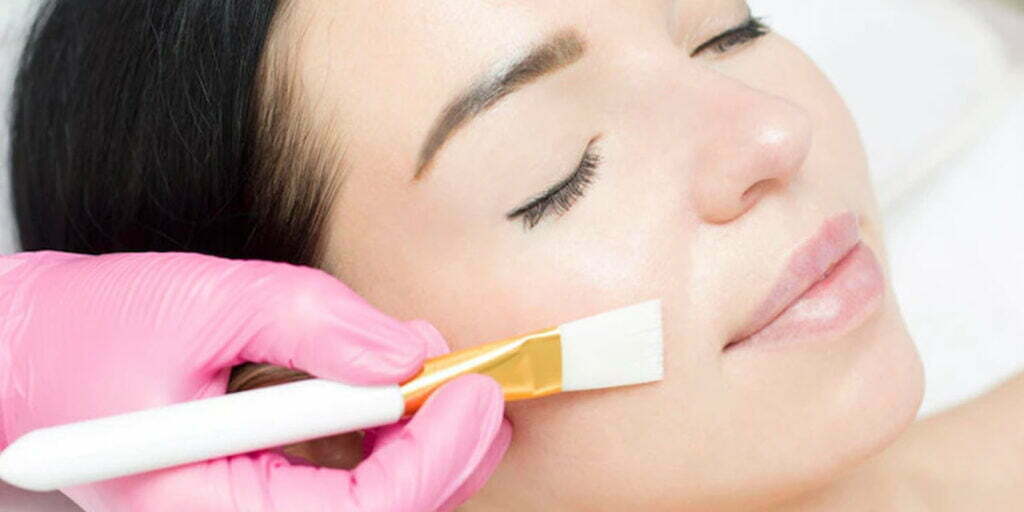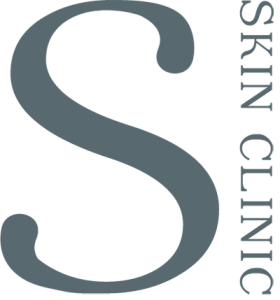
Chemical peels Treatment
Safe. Scientific. Research-backed
3 Generations in Treating
The process of exfoliative cellular removal uses various ingredients like A.H.A’s from fruit acids, B.H.A’s and other agents like vitamin A analogues etc. These come in the form of potent & professional use serums , gels and other formulations. They are used for many skin problems like Acne,dullness of skin,Pigmentation problems and many other problems like acne scars,stretch marks and as an anti aging treatment.
These are a good cost effective mode of treatment. It doesn't take much time to get one done and also helps in making the skin barrier stronger.
Chemical peels treatment is one of the most commonly done procedures in dermatology and also generally very safe. Sometimes transient problems like flaking, dryness & irritation of skin may happen and are expected.
Depending on what ingredient mix is used, which your dermatologist decides, the duration to keep the mix on the skin will vary widely. It can be washed off in 30 seconds or you may be advised to let it be on the skin for a few hours.
Average Cost may be from 1500-10,000 per session depending on the type of therapy chosen and complexity of the process done.
Not just the face but many other areas of the body can benefit from this treatment like neck, back, arms, legs and even the nails.
What is a chemical peel?
A chemical peel, also known as chemexfoliation or dermapeeling, uses a chemical solution to improve the appearance of your skin. In this treatment, a chemical solution is applied to your skin, which causes trauma or injury to your skin’s layers. The skin layers eventually peel off revealing more youthful skin. The new skin is usually smoother with fewer lines and wrinkles, has a more even color and is brighter in complexion.
Chemical peels are used to treat certain skin conditions or to improve your appearance by improving the tone and texture of your skin.
Chemical peels are most commonly performed on your face, neck or hands. They can help reduce or improve:
- Fine lines under your eyes or around your mouth and wrinkling caused by sun damage, aging and hereditary factors.
- Certain types of acne.
- Mild scarring.
- Sun spots, age spots, liver spots, freckles, uneven skin coloring.
- Precancerous scaly spots called actinic keratosis.
- Rough skin, scaly patches, dull complexion.
- Dark patches (melasma) due to pregnancy or taking birth control pills.
Types of chemical peel
There are three different types of chemical peels that you can get. These include:
- Superficial peels, which use mild acids like alpha-hydroxy acid to gently exfoliate. It only penetrates the outermost layer of skin.
- Medium peels, which use trichloroacetic or glycolic acid to reach the middle and outer layer of skills. This makes it more effective for removing damaged skin cells.
- Deep peels, which fully penetrate the middle layer of the skin to remove damaged skin cells; these peels often use phenol or tricholoracetic acid.
How is a chemical peel done?
Chemical peels are typically done in-office; deep peels may be done in an outpatient surgical facility. Before the procedure, they will likely have you tie back your hair. Your face will be cleaned, and eye protection like goggles or gauze may be applied.
Your doctor may numb the area with a topical anesthetic, especially if you’re receiving a deep peel. For deep peels, your doctor may also use a regional anesthetic, which will numb large areas. They are particularly likely to do this if you’re having your face and neck treated. For deep peels, you’ll also be given an IV, and your heart rate will be closely monitored.
Light peel
During a light peel a cotton ball, gauze, or brush will be used to apply a chemical solution like salicylic acid to the area being treated. The skin will start to whiten, and may have a slight stinging sensation. Once complete, the chemical solution will be removed or a neutralizing solution will be added.
Medium peel
During a medium chemical peel, your doctor will use a gauze, special sponge, or a cotton-tipped applicator to apply the chemical solution to your face. This may contain glycolic acid or trichloroacetic acid. A blue color may be added to the trichloroacetic acid, commonly known as a blue peel. The skin will begin to whiten, and your doctor will apply a cool compress to the skin. You may feel stinging or burning for up to 20 minutes. No neutralizing solution is needed, though they may give you a hand-held fan to cool your skin. If you’ve had the blue peel you will have a blue coloring of your skin that may last for several days after the peel.
Deep peel
During a deep chemical peel, you will be sedated. The doctor will use a cotton-tipped applicator to apply phenol to your skin. This will turn your skin white or gray. The procedure will be done in 15-minute portions, to limit the skin exposure to the acid.
Sparsh Skin Clinic
- 22 Khan Market, New Delhi, India-110003
- B-9 Qutub Plaza, DLF Phase 1, Gurugram, Haryana 122002
- + 91 9871057657
- [email protected]

Fill your details here
Know more or Book your appointment
Get in Touch
3 generations, serving in healthcare since 1947.
Sparsh can also help you for :
- Skin Concerns
- Hair Concerns
- Aesthetic concerns
- Digestion Concerns
- Lifestyle & Chronic Diseases
- Diet & Nutrition adjustments
